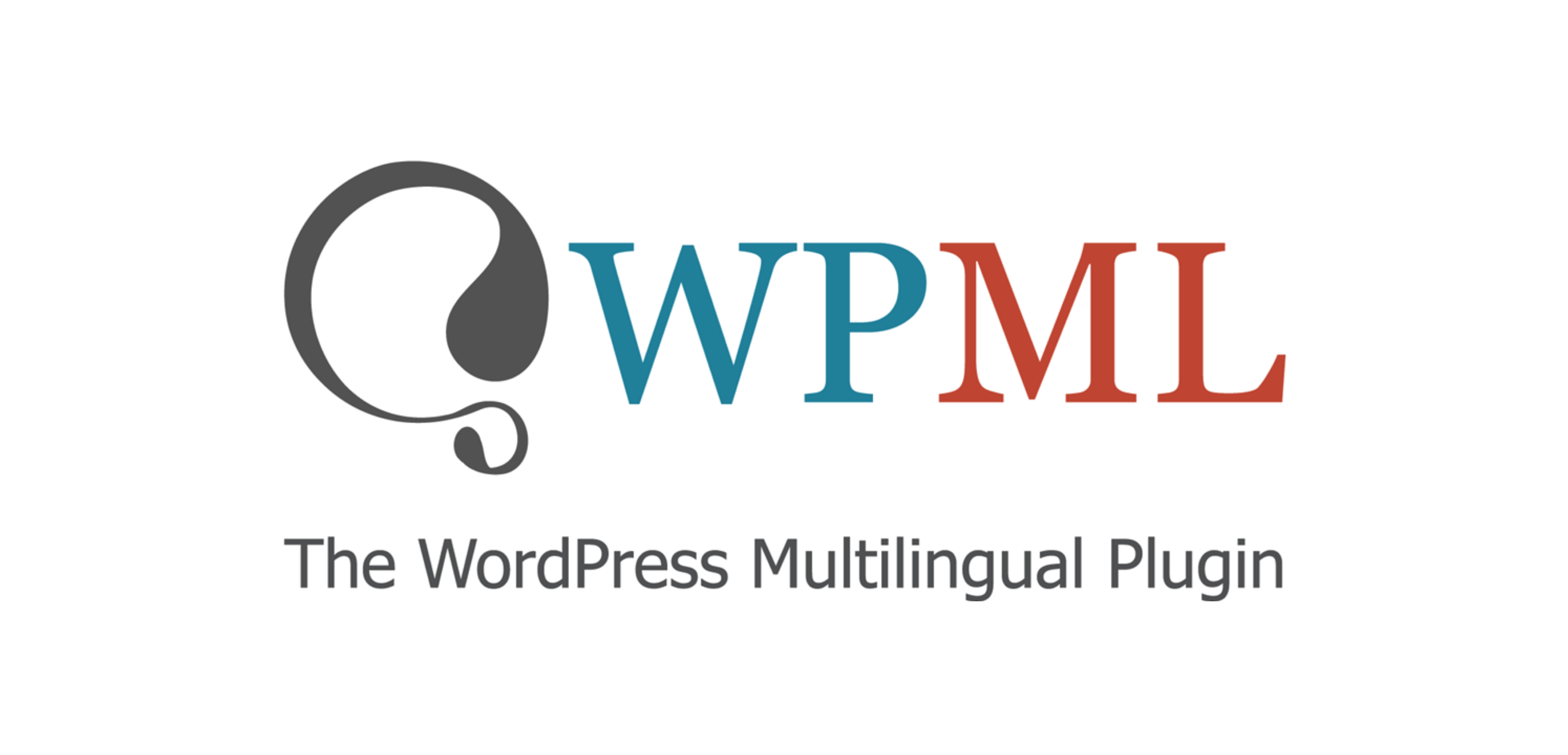
Imagine you have 200+ pages for translation and it’s not all of the pages on your website. For some reason, you want only these localized now. The rest will follow later on.
Now imagine copying and pasting 200+ URLs to an Excel sheet (after you shortlisted these, of course, which needs lots of additional time).
What you can do instead, is log in to your WordPress account, make sure you have WPML installed and configured and right there, in WP, you can simply select each page you want as translatable. Moreover, you can even select it for translation into some languages, and not the others.
Together, with putting that bundle of 200+ pages into a translation basket and sending them along to your translation provider’s CAT tool like memoQ or memsource (no more zipping and using Dropbox, WeTransfer or e-mailing back and forth) it should be no more than 20 minutes.
How? Think content connector! Or connectors, for that matter.
Yes, all management and transfer happens in one central location: Your WordPress and WPML. You have the features to publish your ready translations or wait until reviewed or finalized.
All is trackable, manageable and you receive all the necessary notifications for the tasks being handled. In case of any issues, you have a great support from OnTheGoSystems support engineers.
As easy as the workflow with WPML might be, before you start, you need to do certain things to keep it that way.
To be precise: You need to define who’s accountable for what. Why? No one likes losing control over their content - it's costly in many ways and it's simply bad. Avoid it at all cost. After all, you produced the content, you know it best and you manage it. All of it.
The workflow involves 3 parties:
In order for the whole project to go smoothly without unnecessary and easy-to-avoid hiccups, we suggest the following responsibility matrix (you can slightly modify them to your real-life situation, of course). This way, the actions that need to be taken will be taken effectively without doubling the effort or inefficient communication.
Let's get to the point then.
Related content: WordPress/WPML Responsibility Matrix
Last but not least: remember that WPML has been introduced to simplify and speed up the translation workflow in WordPress.
It’s easy to cancel all the benefits it brings to all the parties involved by not clearly defining the scopes of responsibility for each party, which in turn causes tasks being done twice by two different parties in two different ways or tasks not being done at all as no one knew it’s on their plate.
In the end, it may affect the site launch and user experience. Don’t take any chances, follow the proven workflow and stick to your project roles. Efficient and customizable workflow makes all the difference. Good luck!
Recommended articles:
A Lack of Translation Integration With Your System: Trouble Alert
How to Boost the Translation Into Multiple Languages at Once
+1 857 777 5741 ext. 203 (business inquiries)
+1 857 777 5741 ext. 205 (career inquiries)
Trylinskiego 16, 10-683
Olsztyn, Poland
Copyright ATL 2023. All Rights Reserved.